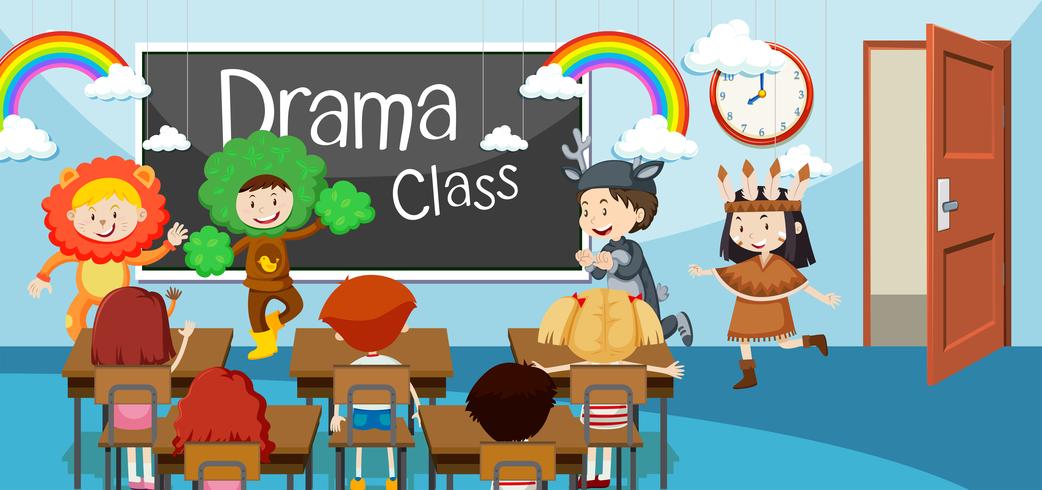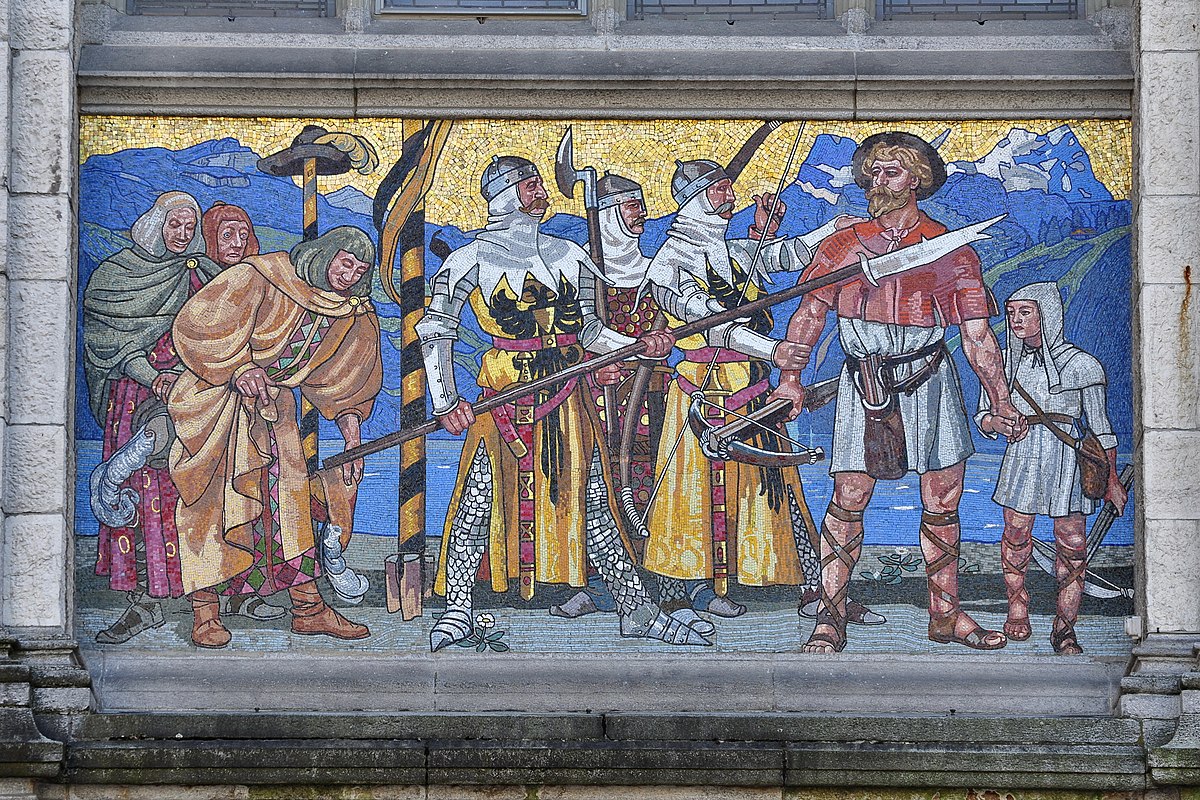Do you believe in ghosts? Why? Why not?
Can you think of any ghost stories? Share them with your classmates. What do all the ghost stories have in common?
Can you think of any ghost stories? Share them with your classmates. What do all the ghost stories have in common?
You are going to read a story called "The Canterville Ghost" written by an Irish writer called Oscar Wilde. Do you know who Oscar Wilde is? How?
THE AUTHOR
Try to imagine the Canterville ghost. What does he look like? Describe him to your classmates. Ask them to draw the ghost according to your description.
What differences and similarities can you think of between the British and Americans? Write your ideas in a Venn Diagram.
Watch the video. Do they mention any of your ideas?
BRITISH VS AMERICAN CULTURE
1. Make a two-column table in your notebook. On one side write British and on the other side, write American.
As you read, note down the differences between British and American attitudes.
2. List the ways in which the Canterville ghost had scared people before the Americans moved in.
What do you notice about the form of the verbs used?
THE PAST PERFECT TENSE
What is a PRACTICAL JOKE?
Describe a practical joke you've played on someone.
The ghost joke
Darth Vader joke
3. Write down the practical jokes that the twins play on the Canterville ghost, as well as the page numbers on which they appear in the book.
4. Did you like the story? How did it make you feel? Have you read another story that made you feel that way? Tell your classmates about it.
5. What was your favourite part of the story?
MODEL 1
MODEL 2
5. In groups of three of four, choose the part of the story that you liked the most. Write a dialogue based on it, assign characters and act it out in front of the class.
ALSO CHECK OUT: The English Teacher








